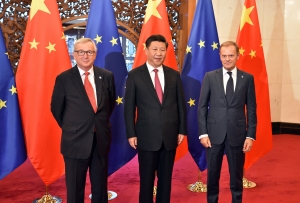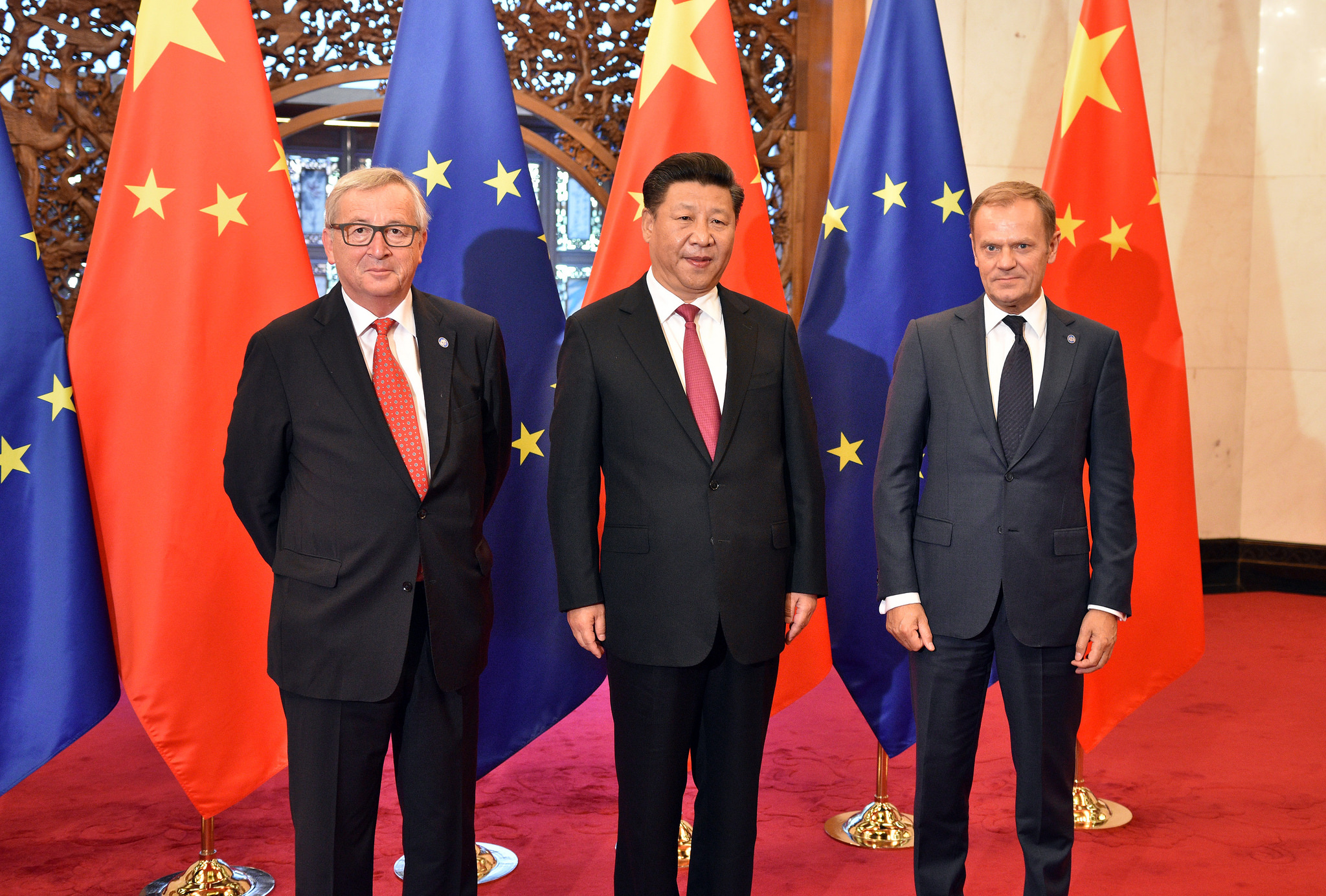By Bob Hanké
Two recent pieces raise a series of important points about China’s ambitions in world trade and how it will get there. One looks at the dynamics from the top; the other from the bottom. Combined, they should make you scratch your head.

The first is a CER post by Ian Bond, which examines the acquisition of ports and other sea-based connections alongside the new Belt and Road Initiative, the transformation of soft into harder power through the Confucius institutes, and the aggressive debt financing (by other countries) of the former. He rightly warns against an anti-Chinese backlash, but these developments are slightly worrying.
The New York Times, meanwhile, recently published a fascinating piece about the vast amounts of low-wage labour that goes into developing artificial intelligence. Apparently, in the centre of China lots of young computer geeks, working for close to nothing, are tagging things in pictures so computers know that a Range Rover and a VW Golf are both cars, despite their different appearances – something even a 6-year old knows. Conceptual learning, which is what we do, and AI still seem miles apart. More importantly, perhaps, if AI becomes one the new seven wonders of the world, this story will reminds us more than a bit of the slaves building the pyramids in Egypt.
Bob Hancké is Associate Professor of Political Economy at the London School of Economics.



